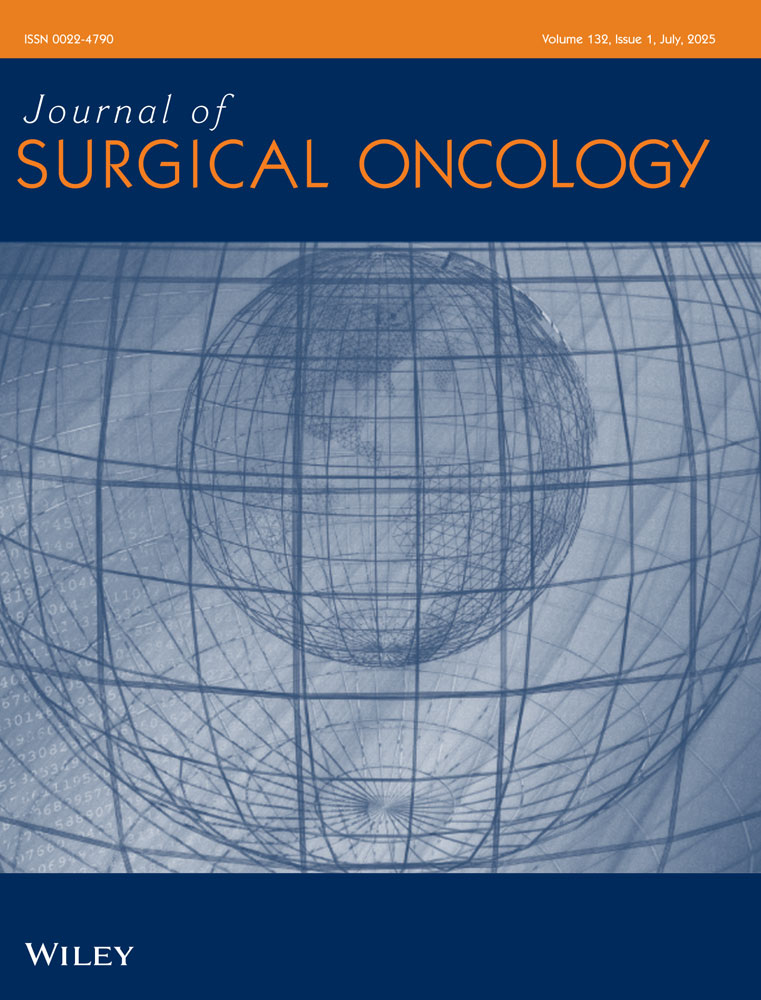Selective surgery and adjuvant therapy based on risk classifications of well-differentiated thyroid cancer
Abstract
Background
The prognosis of well-differentiated thyroid cancer has been stratified into low- and high-risk groups. These risk groups can be used to predict prognosis and to guide treatment.
Methods
Retrospective study of 962 patients with well-differentiated thyroid cancer treated from 1940 to 1998. Stratification into low- and high-risk groups based on age, metastases, extent, and size (AMES). Effects on survival of surgery, lymph node dissection, and radiation therapy were examined.
Results
Seven hundred twenty-eight cases were papillary and 234 were follicular carcinoma. Seven hundred-fifty cases were low risk and 207 high risk. Twenty-year survival was 97.4% in the low-risk patients and 54.0% in high-risk patients (P < 0.001); it was 63.2% in the younger high-risk group and 41.0% in the older high-risk group (P < 0.001). Older high-risk patients had a survival advantage with bilateral thyroidectomy. Extent of surgery did not change survival in either the younger high-risk group or the low-risk group. Lymph node dissection and radioactive iodine ablation did not have an impact on survival.
Discussion
Well-differentiated thyroid cancer in low-risk patients has a favorable outcome regardless of treatment. Low-risk patients can be safely treated with unilateral thyroidectomy alone. Risk stratification with a modification of the AMES criteria can be used to guide treatment. J. Surg. Oncol. 2006;94:678–682. © 2006 Wiley-Liss, Inc.




